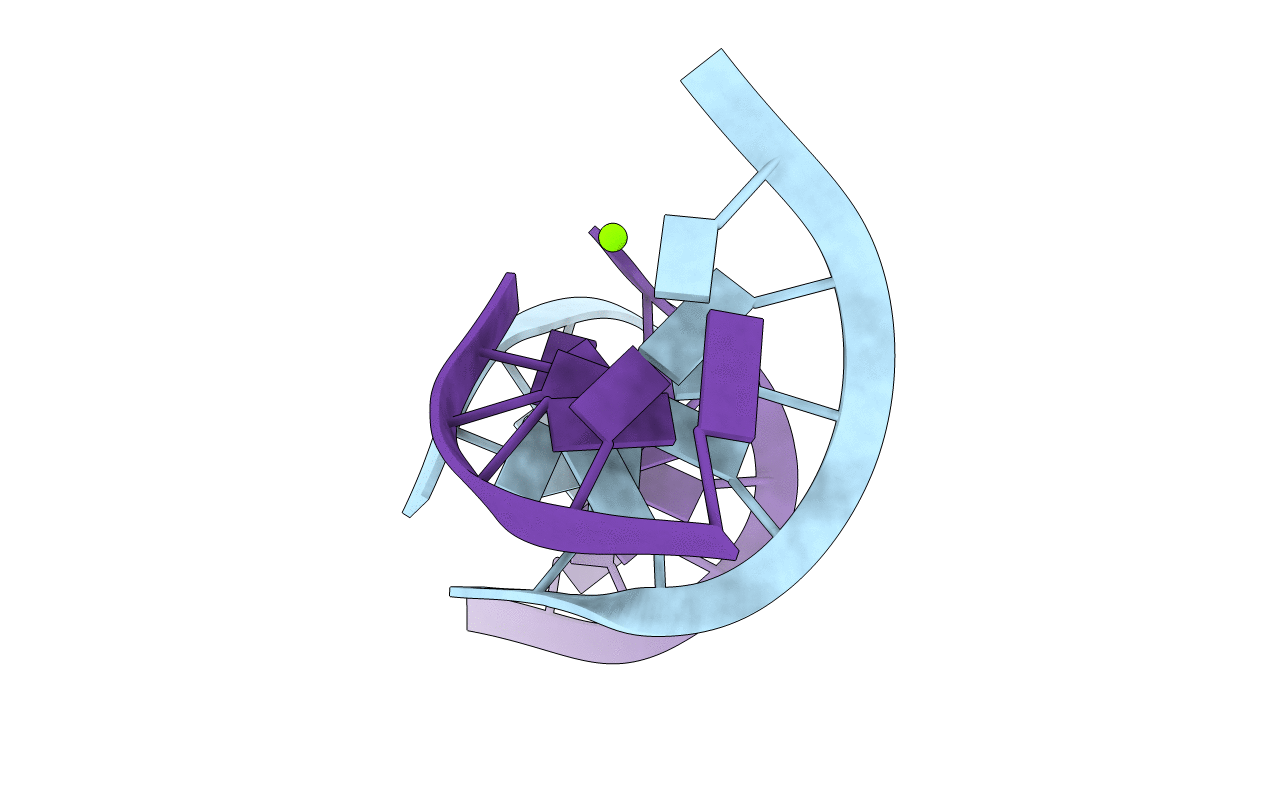
Deposition Date
2002-10-18
Release Date
2002-11-15
Last Version Date
2024-04-03
Entry Detail
PDB ID:
1N1O
Keywords:
Title:
Crystal Structure of a B-form DNA Duplex Containing (L)-alpha-threofuranosyl (3'-2') Nucleosides: A Four-Carbon Sugar is Easily Accommodated into the Backbone of DNA
Biological Source:
Source Organism:
Method Details:
Experimental Method:
Resolution:
1.20 Å
R-Value Work:
0.16
Space Group:
P 21 21 21


